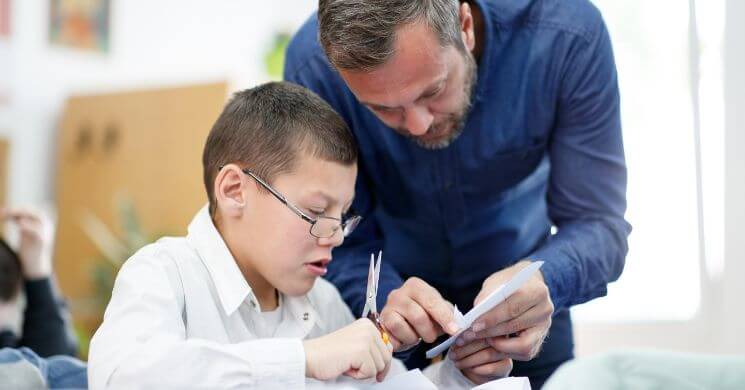Over the last few years, COVID-19 has completely changed how we live. Students have had to deal with schools closing down worldwide to tackle the pandemic, disrupting in-class curriculum and switching to online, remote learning. This has led to a new phenomenon called COVID-19 Learning Loss. As schools have begun to open up and students return to in-person classrooms, we can finally answer the question of whether this Learning Loss exists. All evidence accumulated points to “Yes”.
What is COVID-19 Learning Loss?
The term sounds self-explanatory, a loss of learning due to the pandemic, but it needs to be broken down to truly understand and fix its effects. During school closures, many students have shown little to no progress in learning from their lesson plans. This is largely caused by the switch over to remote learning. Students were taken out of a learning environment they were accustomed to and moved to learn at home through digital means, which can be less controlled. While some higher-performing students may not show as much learning loss, COVID-19 learning loss seems to especially affect those from disadvantaged homes. Though some classes were suspended for only short amounts of time, this learning loss hinders future learning because students may have missed learning milestones, putting them further behind at their next grade level.
Learning Loss Studies
While the concept of COVID-19 Learning Loss sounds reasonable when explained, we still need to ask whether there is actually evidence of this phenomenon happening. Studies have been conducted worldwide, and previous knowledge has been considered to affirm that this learning loss is occurring. In the Netherlands, a study was conducted to measure COVID-19 Learning Loss under the best-case scenario, as the Netherlands only saw a short 8-week school closure and already has a very strong infrastructure built to accommodate remote learning, such as widely-accessible internet. Despite these conditions, there was a 3% score drop in standardized test scores, and students from disadvantaged backgrounds saw an even greater drop.
Researchers from Annenburg Institute at Brown University could predict this phenomenon by comparing it to three other reasons for learning loss students have experienced before the pandemic. Summer breaks, weather-related school closures, and student absenteeism are all similar in that they deprive students of in-class learning and make it harder to progress when they never learned necessary lessons that help make understanding further curriculum easier. COVID-19 Learning Loss follows these trends very closely as the scenarios are similar: students being taken out of the classroom or taking long breaks from education.
Next Steps To Recover From COVID-19 Learning Loss
COVID-19 Learning Loss has already occurred; unfortunately, we cannot turn back time to correct this. That doesn’t mean that all is lost; there are steps we can take to improve what we can for our students’ future. Remedial programs have been used for years, which help students catch up on instructions they may have missed or couldn’t adequately process. Schools can benefit from assessing returning students again and placing them in programs that best match their level of learning. Reorientation is also a good way to help students succeed by reintroducing in-class instruction and aiding students in transferring from learning at home back to the classroom. A combination of remedial programs and reorientation can help students who’ve suffered from COVID-19 Learning Loss adapt to traditional, in-class instruction without being left behind.


